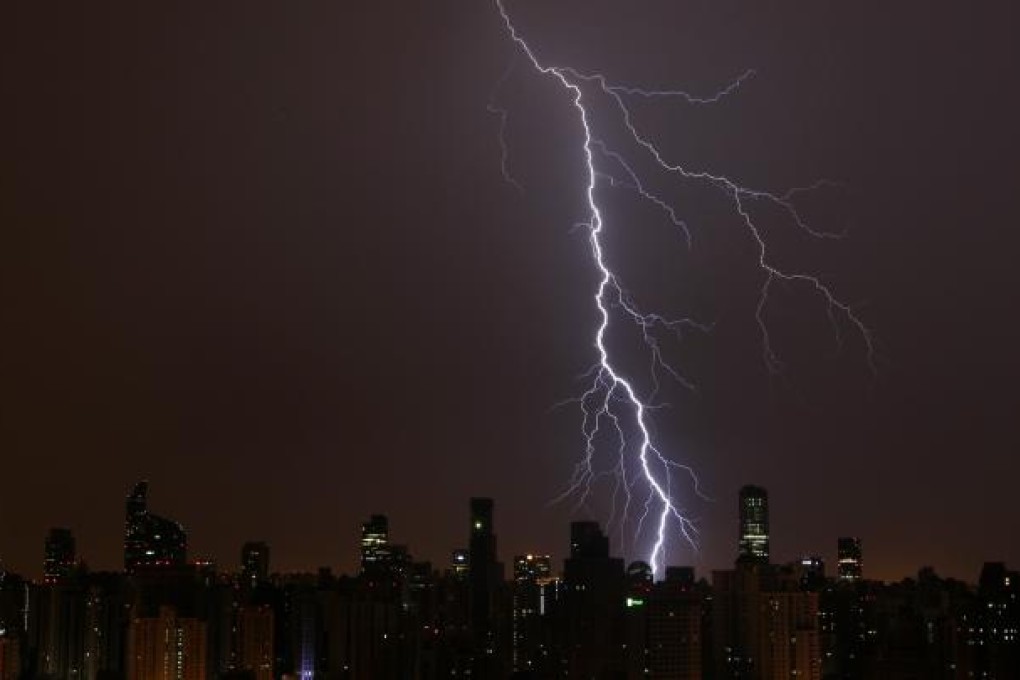How can Hongkongers avoid being struck by lightning?
Staying indoors is vital when a storm approaches. A system called Atlas lets ground workers at Hong Kong airport know when to take shelter

What are the odds of being struck by lightning in Hong Kong? Records show that over the past 20 or so years there have been 44 casualties, including six deaths. That puts the odds of being struck by lightning in the city at one in three to four million - much better than in the US, which has about 300 casualties each year, of whom around 37 die.
But can we further reduce the odds? Because lightning can be deadly, the key is to take shelter in a protective structure, or stay indoors. If you find yourself in an open area as a storm rolls in, locating a protective shelter can pose a real problem. So you should make plans before your outdoor activities, to avoid being caught. While you are out in the open or planning to go out, you should be aware of the latest weather forecast provided by the Hong Kong Observatory, so that you know about any approaching thunderstorms.
Open areas do not come any more open than on the aprons of an airport. Ground workers at the Hong Kong International Airport need to be able to take shelter from an approaching storm, and then return to their duties once a storm departs.
During this period, there should be no baggage handling on the apron, no aircraft refuelling, and no embarking or disembarking of passengers to or from the apron. As this may cause passengers to have to wait, an inconvenience, the trick is to know when the storm is dangerously close and when it is safe to venture out again. Having a means to alert and inform workers when to seek or leave shelter would benefit workers' safety. What is the solution then?
In 2007, the Observatory began using the Airport Thunderstorm and Lightning Alerting System, known as Atlas, to issue lightning warnings. Designed by the Observatory using state-of-the-art lightning detection instruments and techniques, Atlas does not only locate lightning activity in approaching storms - it predicts where lightning could strike.